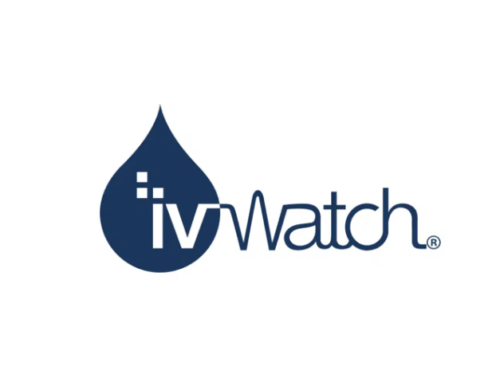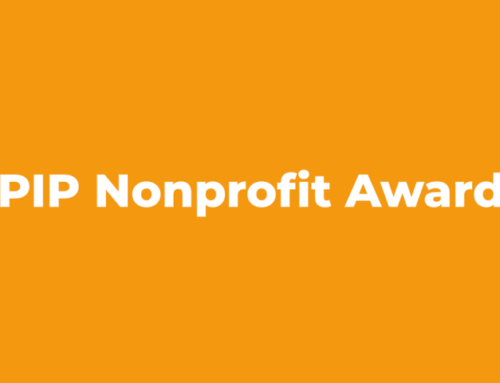
An aerial view of the Elizabeth River looking from Norfolk on Thursday, Aug. 8, 2019. Much of Norfolk’s downtown waterfront is included in the Norfolk Innovation Corridor that offers tax abatements to new technology companies. (Stephen M. Katz)
NORFOLK — If you haven’t heard of a “Norfolk Innovation Corridor” yet, chances are you will.
A coordinated marketing effort by some of the city’s most visible institutions launched Thursday to rebrand a swath of mostly downtown waterfront property that had already been designated as a “technology zone.” Among those who will promote their presence in the Norfolk Innovation Corridor are downtown payroll company ADP, Old Dominion University, Norfolk State University, Tidewater Community College, Sentara, Eastern Virginia Medical School and CHKD.
Started by the Greater Norfolk Corporation, a 43-year-old nonprofit led by the private sector supporting the city’s economic revitalization, the Norfolk Innovation Corridor has been spun off as its own nonprofit affiliate. Now it has a new logo and website and a 31-member board of directors made up of business and community leaders, with the stated goal of making the area widely known as “the most resilient community in America!”
Resiliency, often associated lately with a coastal community’s ability to withstand sea level rise, is the focus of the effort to attract enterprises to the area, but organizers aren’t limiting their pitch to solutions for rising tides. Organizers are also hoping to attract more of what’s already in the corridor, including businesses and groups developing “resilient” products related to medical advances, cyber attack defenses or supply chain fixes, and pretty much anything else combatting “other menaces to the optimal functioning of individuals, organizations and communities,” according to the group’s strategic statement.
“The ability of an individual, an organization or a metropolitan area to absorb a shock to its functioning and its structure, and then to recover from it, is essential in a world where threats to our economic, social and individual ways of life abound,” wrote Charles McPhillips, past president of the Greater Norfolk Corporation and a board member of the new nonprofit, in a June memo to city officials and other community economic development groups explaining the strategy for the corridor.
The hope is that the corridor would eventually become a magnet for those sorts of businesses, a place where innovators feel they need to be.
The group has pointed to those that already call the area home, including ReAlta Life Sciences, which is developing therapies for disorders including COVID-19 symptoms; Embody, which is creating human tissue scaffolding to repair injuries; SVT Robotics, which makes robotics systems for distribution warehouses; Northfield Manufacturing, which makes personal protective equipment; Resilient Enterprise Solutions, which trains contractors how to raise houses in flood-prone areas; 3DXtremes, which does 3D printing to create product prototypes; and RISE, the nonprofit that accelerates solutions for sea level rise.
It’s all part of a broader effort to diversify the city’s economy beyond its reliance on the military’s presence, a goal discussed regionwide for years, especially as federal budget sequestration delayed the region’s recovery after the Great Recession of the late 2000s.
“This pandemic will come to an end someday. One way or another, we need to make sure that our region is poised to recover and to compete in an altered economic landscape,” McPhillips wrote.

Leaders in Norfolk are hoping the green areas on the map become widely known as the Norfolk Innovation Corridor. (Courtesy of Norfolk Innovation Corridor)
So far, the group’s strategy is laid out in a one-page grid breaking out short-, intermediate- and long-term goals that McPhillips has described as a living document that could change as the corridor develops.
“If you sat back and waited until you had a 100-page blueprint for how to do this, you’d still be waiting for that for a number of years,” McPhillips said Wednesday. “We have a vision that we know works.”
The effort is six years in the making, evolving since 2014. In 2017, the city designated the area as a place where new qualifying businesses could get a full break on the BPOL (business, professional and occupational license) tax for two years, and partial relief for three more years. In 2019, the eligibility grew to include expanding technology companies within the “technology zone.” That year, the marketing directors of several of the involved institutions met to develop ways to promote the district, leading to the adoption of the Norfolk Innovation Corridor name, despite it not necessarily being a new moniker. It was used to describe the area as early as 2016 when Old Dominion University opened its Innovation Center downtown.
Now, the group plans to seek the city’s approval for a full tax abatement on the BPOL tax for a business’s first five years in the corridor as well as property tax relief on business equipment.
“For this effort to succeed, moreover, the City’s embrace of this new ‘shared governance model’ for economic development must be firm and unyielding. Support from the Mayor, City Council, City Manager, and the Department of Economic Development are essential for our success,” McPhillips wrote in his memo.
The city formally endorsed the corridor in September. On Thursday, the Norfolk Economic Development department’s web page for information about its technology zonehad been modified to say: “Norfolk Innovation Corridor — A Technology Zone” and encouraged visitors to go to the corridor’s own website.
The Norfolk Innovation Corridor’s board of directors includes Councilwoman Courtney Doyle, who is representing Sentara Healthcare and city staff. Other members represent the Greater Norfolk Corporation, Sentara Healthcare, the Children’s Hospital of the King’s Daughters, Old Dominion University, Norfolk State University, Tidewater Community College, the Downtown Norfolk Council, the Chrysler Museum, 757 Angels, 757 Accelerate and several businesses already in the corridor, including payroll firm ADP. Daniel Peterson, a Hampton Roads market president for Truist bank, is chairman.
McPhillips said the “aha” moment arrived about a year ago when he asked the group of organizers why they wanted to be involved. He expected many if not all would say it was a call of duty to improve a city they all want to see thrive. They did, but many also said they thought it was in the best interest of their own institutions and firms to be attached to the corridor.
“That’s really what sustains efforts like this,” McPhillips said.
“There is some radical ambition to it,” McPhillips said. “We want to make this a more creative, innovative, entrepreneurial place.”
The effort will likely require many more years to achieve what similar business districts have done to boost places such as Austin, Chattanooga and Pittsburgh, McPhillips said.
He said Pittsburgh began fostering a robotics and automation industry early and has since become a leader in the sector because of the timing, and it hardly happened overnight.
“What can we be on the ground floor of?” he said.
The answer: resiliency.
Short-term goals include securing the tax abatements and recruiting workers and entrepreneurs at jobs fairs, which could involve persuading remote tech workers from technology hotbeds like New York City, Boston and Silicon Valley to move to Norfolk to live and work. The group also hopes to offer discounted access to a future fiber broadband Internet ring to new businesses in the resiliency space.
Among the group’s long-term goals: launching a joint research institute for data science and cybersecurity, and establishing a seed fund for startups. The group also plans to advocate for the extension of The Tide light rail to Norfolk International Airport (something that has long been contemplated) and ODU’s campus.
“If we place this bet, it will not pay off overnight,” McPhillips wrote in his memo. “However, in a resilient City that has recovered after being burnt to the ground (twice), impoverished by trade embargoes and forced to bury an enormous share of its population in unmarked graves during a Yellow Fever epidemic — and that now faces a profound threat to our way of life due to sea level rise — we will not only survive, but we will win this bet.”






